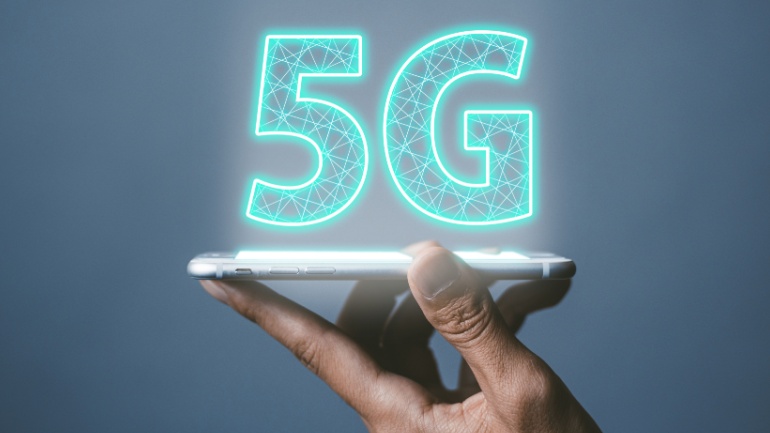The FCC’s new Mobile Speed Test app is revolutionizing the accuracy of the National Broadband Map. This advanced app replaces the old FCC Speed Test app and introduces hands-free testing while driving, enhancing user convenience. Accurate broadband data is essential for programs like BEAD, making this app a game-changer.
Snom has partnered with Cal4Care to expand its reach in Singapore, Malaysia, and Thailand. This strategic collaboration aims to deliver high-quality VoIP solutions to new markets. By leveraging Cal4Care’s extensive network and expertise, Snom is poised for significant growth and enhanced customer experiences across these regions, ensuring mutual success.
Reinvent Telecom has launched MyCloud UCaaS, a robust unified communications platform aimed at boosting revenue for its reseller partners. President Bill Bryant emphasizes its focus on empowering partners with reliable, feature-rich solutions. MyCloud UCaaS offers cloud-based services like voice-to-text voicemail, call management, and integration with Microsoft Teams, revolutionizing VoIP communications.
Cornwall-based broadband provider Wildanet has collaborated with Nokia to accelerate the installation of a gigabit-enabled full fibre network across Cornwall and the Isles of Scilly. This strategic partnership aims to enhance digital connectivity in these underserved areas.
Vodafone launches LTE-M, an LPWAN technology for IoT devices with low data and power needs. Converge ICT partners with Ribbon to triple its fiber network capacity. Nokia partners with BxA to enhance its Network as Code platform for healthcare applications. Hayo launches a global IoT platform for MNOs and enterprises, enhancing efficiency and connectivity with cloud-native technology and AI.
MasOrange, Spain’s leading mobile operator, is set to reduce Chinese equipment in its 5G network to mitigate geopolitical risks. From 2024, Huawei’s share will drop as Ericsson’s increases, targeting a full elimination by 2029. This transition ensures a robust 5G expansion, bolstering coverage across 100% of municipalities over 10,000 residents.
Research by Virgin Media O2 reveals that poor internet connectivity is driving many rural UK residents, particularly young adults, to consider relocating to urban areas. Inadequate internet access hinders remote work, prompting 4.6 million people to contemplate moving within the next year.
South Korea has officially revoked the mobile license of Stage X, led by Stage Five, an affiliate of tech giant Kakao Corp. The Ministry of Science and ICT cited failure to meet financial and operational criteria as reasons. Stage X aimed to join established carriers like SK Telecom and KT but struggled to secure necessary capital.
T-Mobile US reported strong Q2 2024 performance, adding over 777,000 postpaid phone customers and 406,000 home internet users. Surpassing the 100 million postpaid customer mark, the company revised its full-year guidance upwards. Despite slight churn rate increases, significant investments in fiber and prepaid services underscore T-Mobile’s growth strategy in the VoIP space.
NTT Docomo is set to launch New Radio dual connectivity technology, offering download speeds up to 6.6 Gbps using 5G Standalone architecture. Utilizing sub-6GHz bands and mmWave, this VoIP-enhancing tech will debut in Tokyo and Kanagawa starting August 1.













